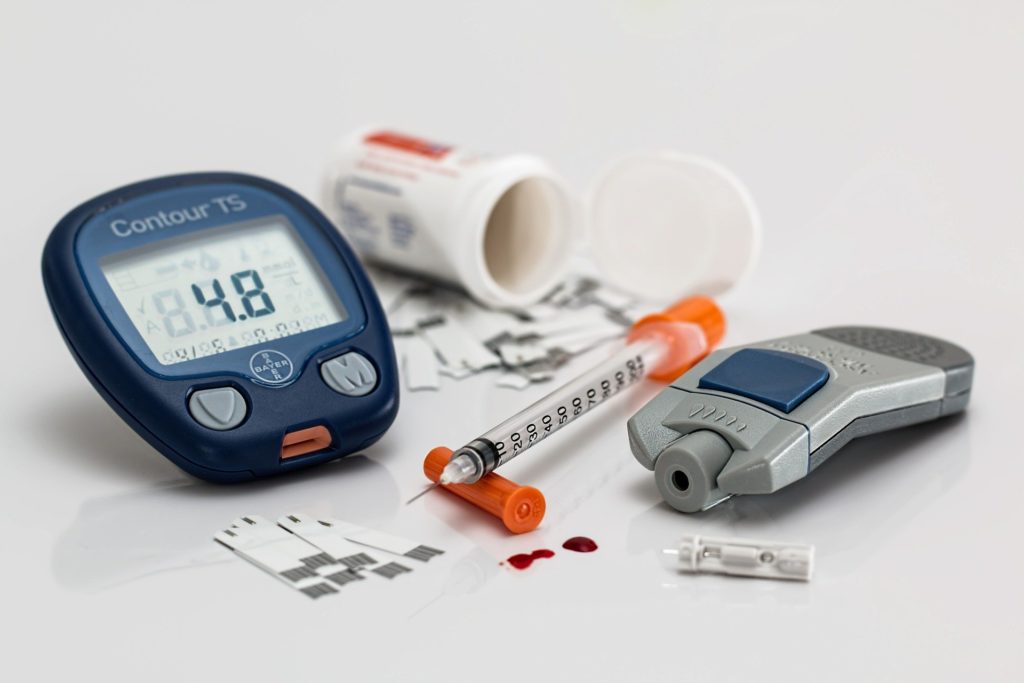
Zinc-binding prodrug may mitigate type 1 diabetes mellitus β-cell depletion
With nearly 2 million Americans battling type 1 diabetes, it is no surprise that clinical therapies for the disease are constantly evolving and improving. In type 1 diabetes mellitus, the body’s immune system attacks and destroys insulin-producing β-cells. As a result, people living with type 1 diabetes lose insulin secretion and encounter difficulty regulating glucose levels — especially after meals. Drugs developed to proliferate β-cells often are inefficient and have off-target effects that can dysregulate other cell types and pancreatic hormone production. To address these issues, researchers at Brigham and Women’s Hospital and the Broad Institute teamed up to design next-generation β-cell-targeting proliferators: zinc-binding prodrugs (ZnPD). To achieve this, the researchers engineered a new screening platform, the Disque Platform, to better represent β-cells in the lab. Utilizing the Disque Platform, researchers identified a ZnPD drug which exhibited a 2.4-fold increase in β-cell numbers in culture, out-performing its native drug, harmine, and avoiding off-target effects. Results are published in Science Advances.
“We exploited a unique feature of β-cells, which contain at least a million-fold more intracellular zinc ions than other cell types for insulin processing,” said Amit Choudhary, PhD, a member of the Brigham’s divisions of Renal Medicine and Engineering in Medicine and an associate member of the Broad Institute. “The ZnPD leverages principles in chemical biology to switch on the proliferators specifically in β-cells, preventing unwanted proliferation in other cell types and systemic cytotoxicity while promoting sustained β-cell proliferation.”
With no durable and effective treatments for β-cell loss, researchers capitalized on this high zinc concentration in β-cells to guide their drug development. “Our novel drug type attaches an inactive β-cell proliferator to both a molecule with high affinity for zinc, known as a chelator, and a linker molecule, whose job is to stabilize the overall chemical structure,” said Kisuk Yang, PhD, a postdoctoral fellow in the Karp Lab. Upon zinc binding to the chelator, the β-cell proliferator is released and begins promoting the proliferation of β-cells. However, another challenge faced by the researchers when testing the safety and efficacy of ZnPDs was the lack of accurate screening method.
Conventional screening platforms cannot reproduce the exceptionally high levels of zinc ions found in β-cells, which was essential in the design of ZnPDs. Alternatively, 3D culture systems preserve morphological and biological complexity, but are expensive and complex, and thus impractical for use in drug screening.
“To overcome these challenges, we engineered the Disque Platform: a new screening platform which combines 2D simplicity with 3D architecture. In this platform, cells are shaped into thin discs, which can accommodate both conventional 2D well plates and 3D bioreactors,” said Peter Jones, a previous graduate student at Karp Lab and co-first author.
In developing the ZnPD mechanism of action, researchers looked to harmine, a type 1 diabetes drug recently found to induce β-cell proliferation but with toxic effects. Using the Disque Platform, the researchers screened multiple ZnPDs and identified a novel hit that exhibited a 2.4-fold increase in the generation of β-cells compared to harmine. Importantly, this ZnPD did not exhibit off-target effects and toxicities. The ZnPD represents a novel, chemical-biology-based drug carrier for targeted cell delivery.
“The Disque Platform can support rapid and cost-effective production of disc-shaped pseudo-islets in vitro that can be used to discover more effective drugs, and to advance a long-term cell transplantation strategy for diabetic therapy,” said Jeff Karp, PhD, head of The Karp Lab and member of the Brigham’s Department of Anesthesiology and Perioperative Pain Medicine. Karp is also an associate member of the Broad Institute. “In the future, the Disque Platform may be adapted to culturing other islet types or small-scale organoids for reliable drug screening applications. The implications for both this novel ZnPD and the Disque Platform are widespread, spanning beyond diabetes research.”